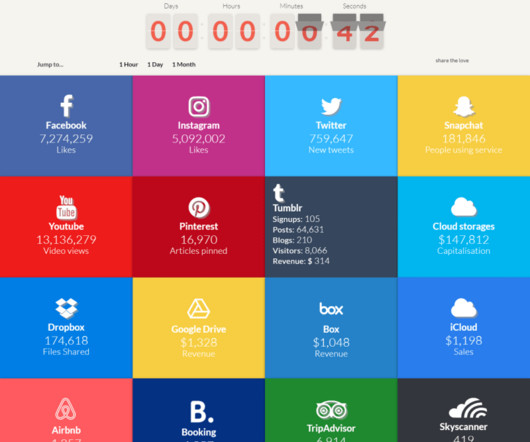What are decision support systems? Sifting data for better business decisions
CIO Business Intelligence
NOVEMBER 14, 2022
Decision support systems definition A decision support system (DSS) is an interactive information system that analyzes large volumes of data for informing business decisions. Commonly used models include: Statistical models. Dashboards and other user interfaces that allow users to interact with and view results.

















Let's personalize your content